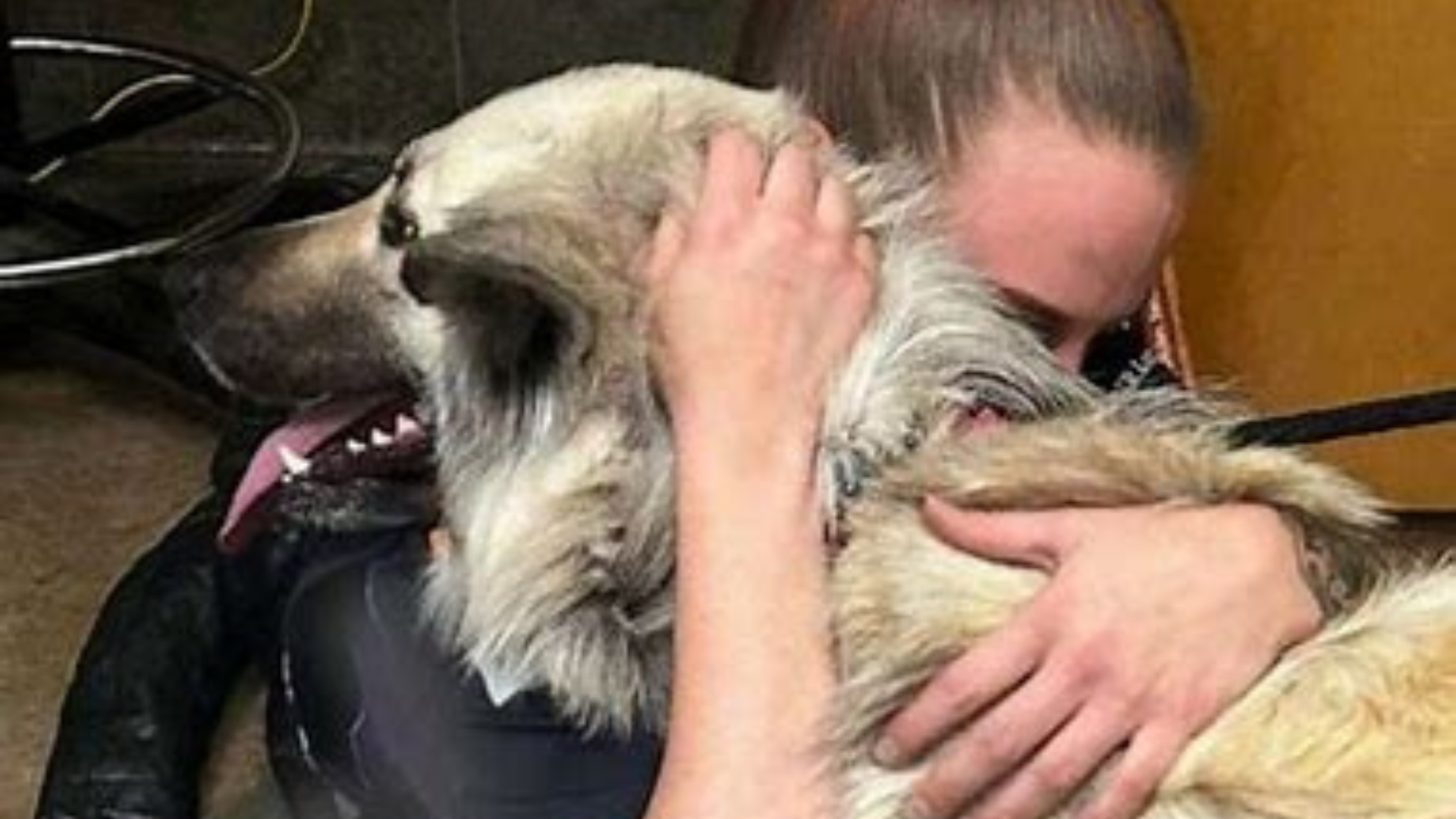
When Animal Shelters Collapse Hearts Break Too
Time becomes your enemy the moment your pet goes missing.
I think about the families in Worcester when their animal rescue league hit capacity crisis. 105 dogs and 51 cats suddenly displaced. One moment these pets had shelter, safety, a chance at reunion. The next moment they were scattered across a city, vulnerable and afraid.
For most of us, our pets are family. The panic and helplessness those families must have felt is hard to imagine.
But this crisis reveals something deeper about how animal welfare systems break down.
The Critical Window
Those first few hours after a pet goes missing are everything. There's an immediate window, maybe 1 to 3 hours, where they're usually still close by. Just disoriented or hiding.
That's when your chance of finding them quickly is highest.
Once time starts slipping away, so does proximity. They can travel kilometers overnight, especially if they're scared. With every hour, they're exposed to more danger: busy roads, predators, dehydration.
The statistics are heartbreaking. Over one million dogs and cats are euthanised annually in South Africa, with the 67 remaining SPCA branches alone handling approximately 393,672 animals yearly. Traditional sheltering systems reunite only 20 percent of lost pets with their families, while 93% of animals entering SPCA care face euthanasia.
That's simply not enough.
From Chaos to Clarity
Technology changes this equation entirely. Not by replacing compassion, but by serving it.
When families move from not knowing anything to suddenly seeing exactly where their pet is, something profound happens. Their entire nervous system resets from chaos to clarity.
You're no longer spiraling with "what ifs." You're moving, doing, helping. That shift from fear to focus is powerful. It turns heartbreak into hope.
Modern platforms show this transformation in action. With 4.1 million homeless animals across South Africa and seventeen SPCA branches closing since 2018, the need for proactive solutions becomes urgent.
The difference is striking when you have real-time tools on hand. You don't lose those crucial first hours to uncertainty.
Building Resilience Into the System
The shelter crisis teaches us something vital about prevention versus reaction.
Many animal welfare organizations are doing heroic work with limited resources. But they're often stuck in survival mode. The focus is on feeding, housing, vetting. It's reactive, because it has to be.
What's missing is infrastructure to plan beyond immediate crisis. Things like integrated technology, contingency tracking, scalable safety tools.
Imagine if each pet in that overwhelmed shelter had live tracking in place. The situation shifts from reactive to proactive. You'd know immediately who's where. That clarity could guide volunteers, reunite pets faster, avoid compounding trauma for everyone involved.
It's about building resilience so even when things fall apart, you're not starting from zero.
Safety Nets, Not Just Service Points
This represents a fundamental shift in how shelters relate to their communities.
When shelters adopt tools that protect pets even outside their walls, it shows families that their love for these animals doesn't stop at intake. It extends to every moment, even the unpredictable ones.
It says, "We're not just holding your pet. We're safeguarding their future."
That kind of trust builds stronger, more connected communities. It transforms shelters from caretakers into guardians of movement and location too.
The future I see is one where no animal just disappears into the unknown, and no person is left helpless in that silence. Where safety is built in, not an afterthought.
Their heartbreak matters. It's not just personal loss, but a signal that the system needs to evolve. What happened to their pet, or to their community shelter, shouldn't be inevitable.
With the right tools and care, we can build a world where technology serves love, not replaces it. And they're not alone in wanting that.


